Sleep is one of the most important aspects of our health and well-being. It helps us recharge our energy, improve our memory, and enhance our mood. But how well do we sleep? And what factors affect our sleep quality?
The answer lies in our bedroom environment. In this article, we will explore the science of sleep and how it relates to our bedroom environment.
We will also share some practical tips on how to create the best bedroom environment for yourself, and how to turn your bedroom into a sleep sanctuary.
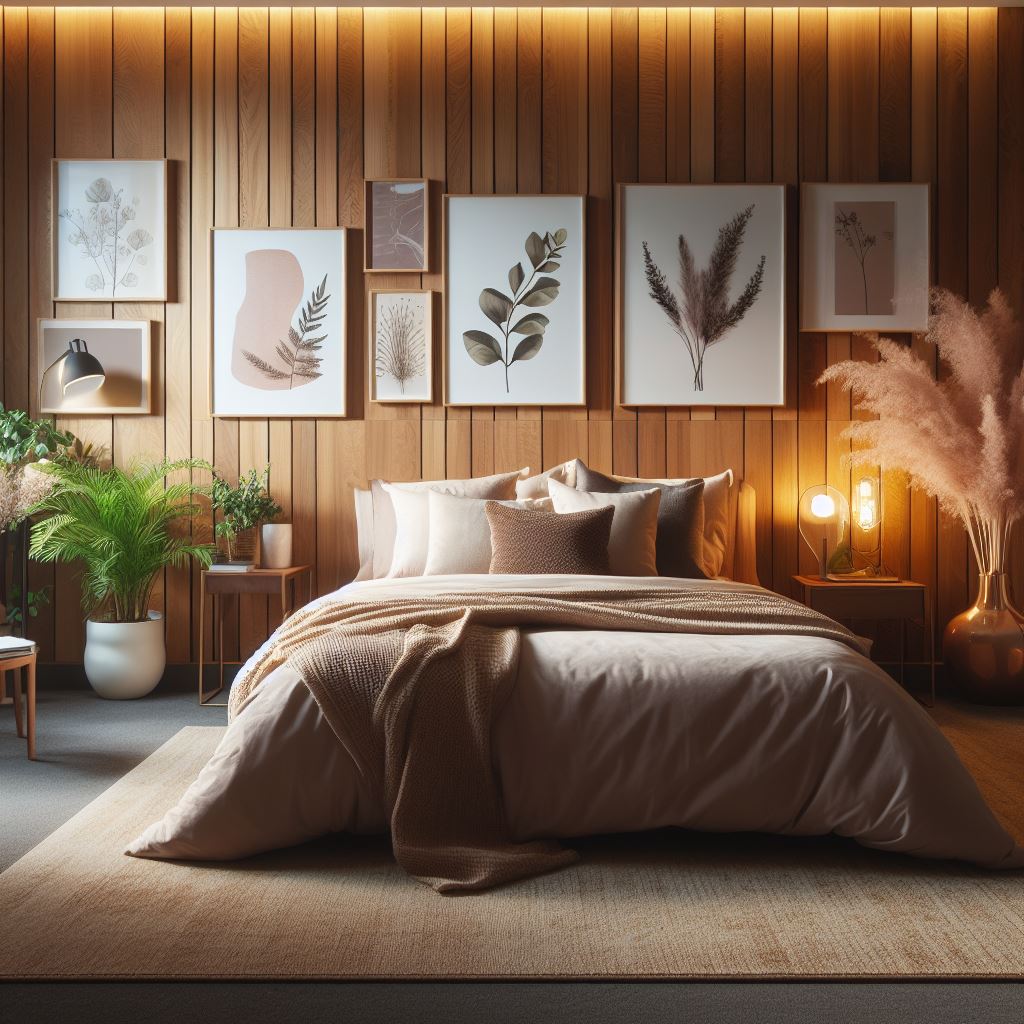
The Science of Sleep and Its Environment
Sleep is not just a passive state of rest. It is a complex and dynamic process that involves different cycles and stages, such as light sleep, deep sleep, and REM (rapid eye movement) sleep. Each stage has its own functions and benefits for our body and mind. However, the quality and quantity of our sleep are influenced by many factors, both internal and external.
One of the most important factors is our sleep hygiene, which refers to the habits and practices that help us sleep well and feel alert during the day. One of the key components of sleep hygiene is our sleep environment, which includes the physical and psychological aspects of our bedroom that affect our sleep.
The environment can have a significant impact on our sleep stages. For example, noise can cause us to wake up or have shallow sleep, while light can interfere with our circadian rhythm, which is our natural body clock that regulates our sleep and wake cycles. Therefore, it is essential to create an optimal sleep environment that supports our sleep needs and preferences.
What Makes an Best Bedroom Environment?
To achieve perfect sleeping conditions, you may need to experiment with different things to put in your bedroom to help you sleep. Everyone has their own unique sleep preferences and needs, so there is no universal formula for the best sleeping environment. However, you can follow some general tips to improve your sleep quality. Some of the aspects to pay attention to are:
Temperature:
The ideal temperature for sleep is around 65 degrees Fahrenheit (18.3 degrees Celsius). A cool room can help us fall asleep faster and stay asleep longer. However, some people may prefer a slightly warmer or colder room, depending on their personal comfort level.
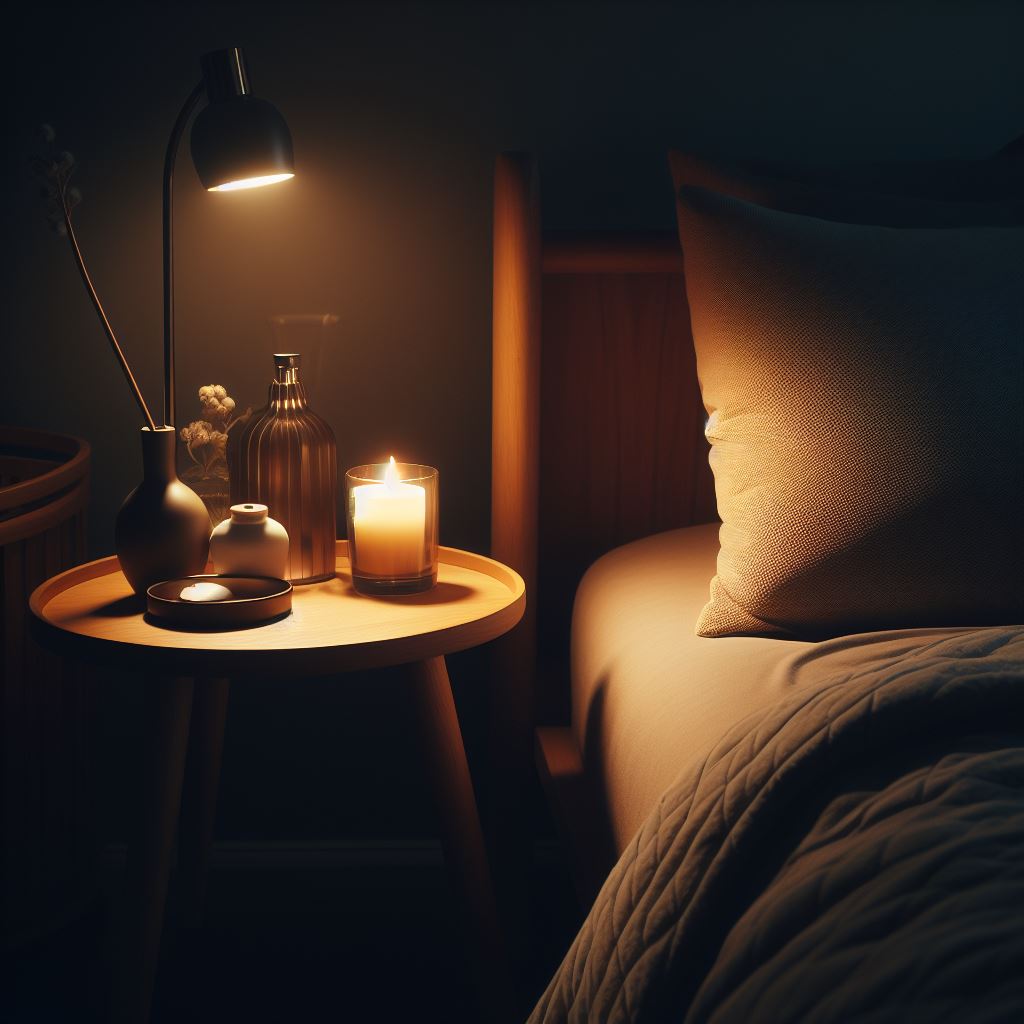
Light:
The ideal light level for sleep is as dark as possible. Darkness can help us produce melatonin, a hormone that regulates our sleep and wake cycles. Exposure to light, especially blue light from electronic devices, can suppress melatonin and disrupt our sleep. Therefore, it is advisable to use blackout curtains or blinds, turn off or dim the lights, and avoid using screens before bed.
Noise:
The ideal noise level for sleep is as quiet as possible. Noise can disturb our sleep and cause us to wake up or have fragmented sleep. To reduce noise, we can use earplugs, a white noise machine, or a fan. We can also avoid activities that generate noise, such as watching TV or listening to music, before bed.
Comfort:
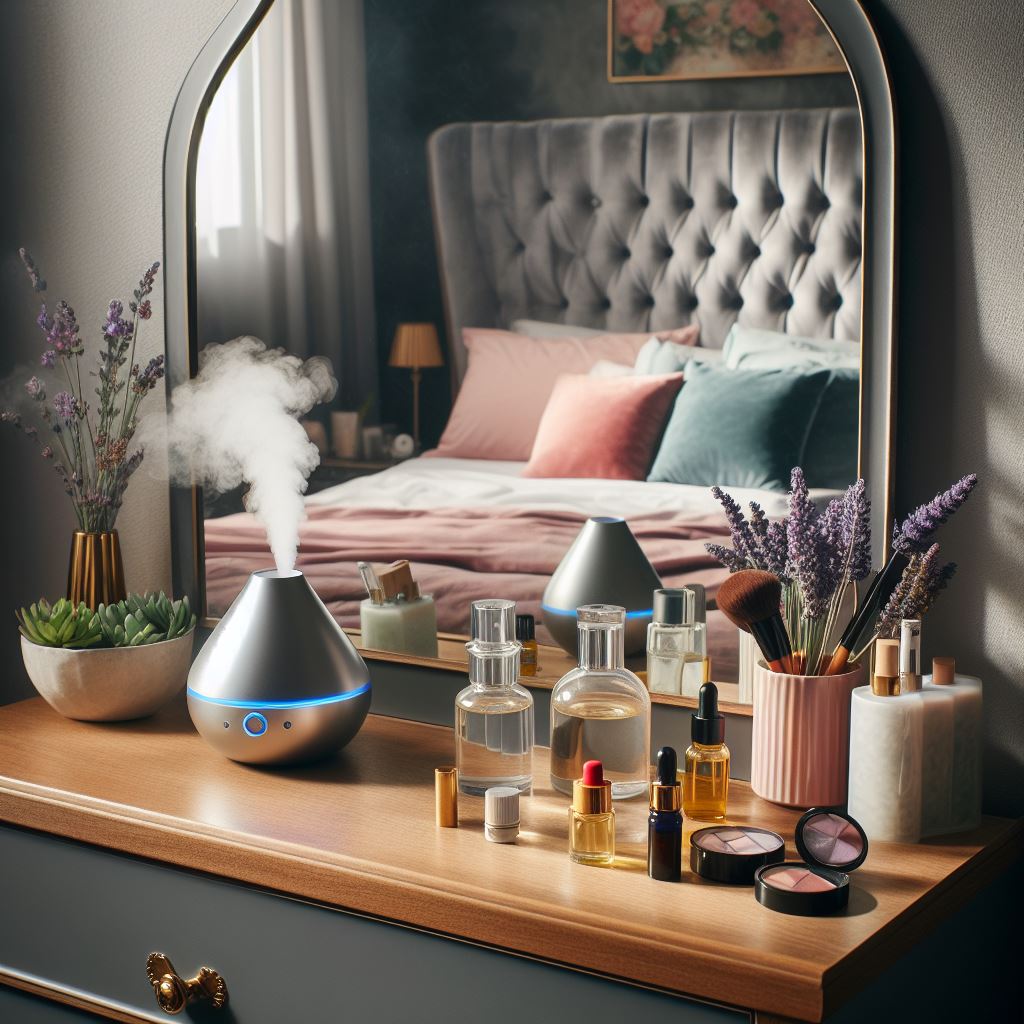
The comfort of our bed, mattress, pillow, and bedding can also affect our sleep quality. We should choose materials that suit our preferences and needs, such as firmness, softness, support, and breathability. We should also keep our bed clean and fresh, and use it only for sleep and sex, to create a positive association between our bed and sleep.
Aromatherapy:
Aromatherapy is the use of natural oils or scents to enhance our mood and well-being. Some scents, such as lavender and vanilla, can have a relaxing effect and improve our sleep quality. We can use aromatherapy products, such as candles, diffusers, or sprays, to create a soothing atmosphere in our bedroom.
How to Turn Your Bedroom into a Sleep Sanctuary
A sleep sanctuary is more than just a place to sleep. It is a place where we can escape from the stress and chaos of the outside world, and enjoy a peaceful and restful sleep. To create a sleep sanctuary, we need to make our bedroom a place that reflects our personality, style, and taste. Here are some steps to follow:
Clean and Organize Your Room:
A cluttered and messy room can make us feel anxious and overwhelmed. By cleaning and organizing our room, we can create a sense of order and calmness. We can also get rid of things that we don’t need or use, and make space for things that we love and enjoy.
Choose Calming Colors:
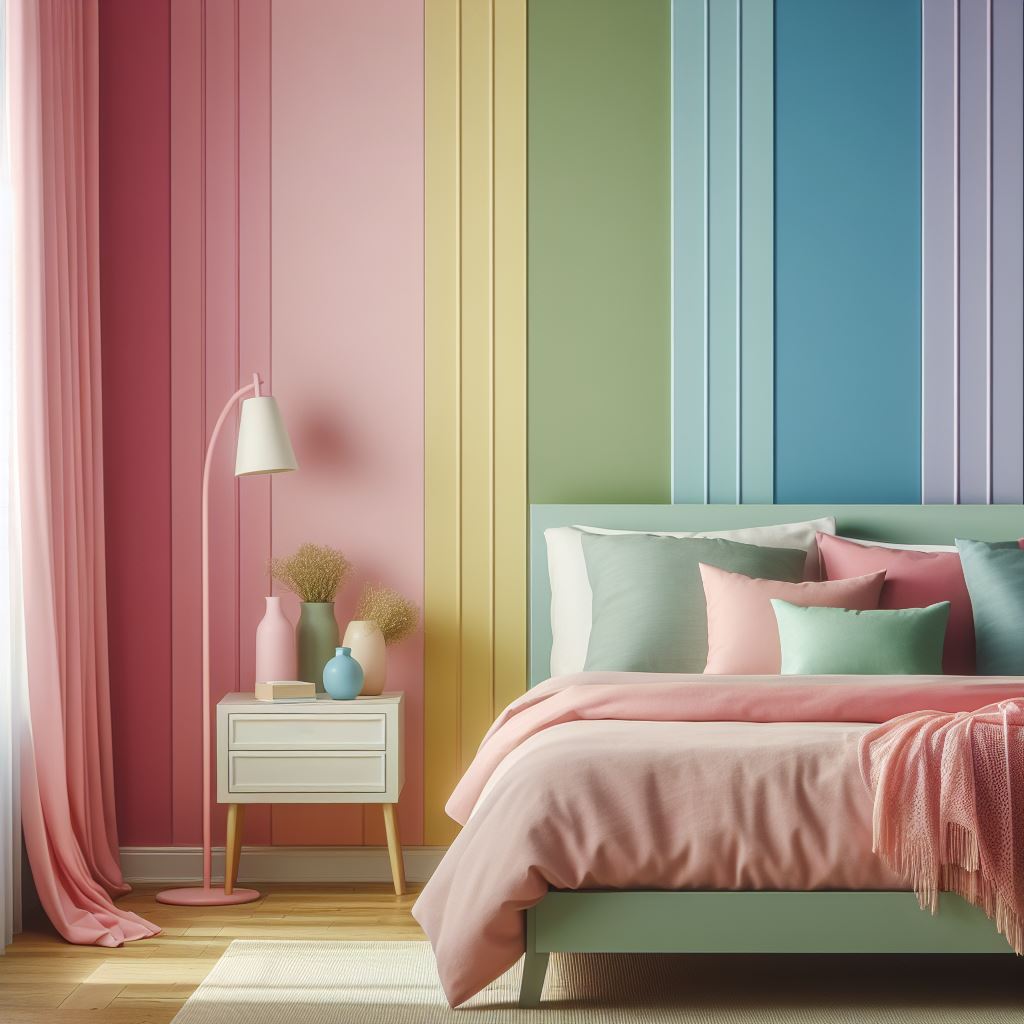
Colors can have a psychological effect on our mood and emotions. Soft, warm colors, such as beige, cream, or pastel shades, can create a cozy and relaxing environment. We can use these colors for our walls, furniture, or accessories.
Add Comforting Textures:
Textures can add warmth and comfort to our room. We can use soft rugs, plush pillows, and cozy blankets to make our bed more inviting and comfortable. We can also mix and match different textures, such as cotton, wool, or silk, to create contrast and interest.
Incorporate Relaxing Scents:
As mentioned earlier, scents can have a calming effect and improve our sleep quality. We can use aromatherapy products, such as candles, diffusers, or sprays, to create a soothing atmosphere in our bedroom. We can also choose scents that we like and that match our mood and personality.
Personalize Your Space:
Our bedroom should be a reflection of who we are and what we love. We can personalize our space by adding items that make us happy and inspired, such as photos, artwork, or decor items. We can also express our creativity and style by choosing colors, patterns, and themes that suit our taste.
What Makes a Poor Sleep Environment?
Here are some factors that contribute to a poor sleep environment:
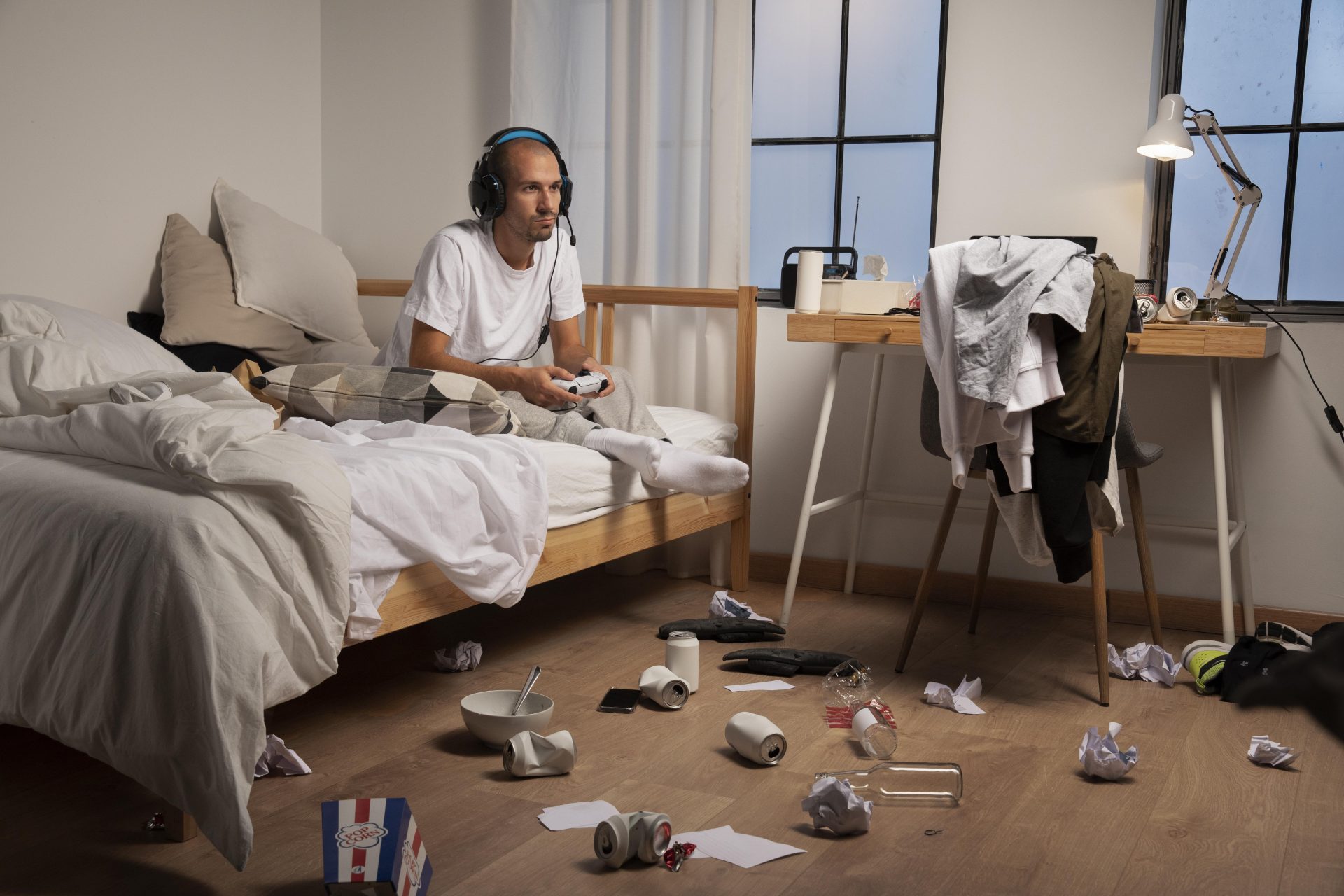
Uncomfortable Bedding
If your mattress, pillow, or bedding is not comfortable for you, you may have trouble sleeping well. You should pick bedding that fits your body and comfort level.
Clutter
A messy room can make you feel stressed and anxious, which can affect your sleep. You should keep your room clean and organized to make it more peaceful.
Common Mistakes and Misconceptions
When creating our sleep environment, we may make some mistakes or have some misconceptions that can affect our sleep quality. Some of the common ones are:
Ignoring the Importance of Mattress and Pillow:
Our mattress and pillow are essential for our comfort and support, and can affect our posture, alignment, and pressure points. We should choose a mattress and pillow that match our sleeping position, body type, and preferences. We should also replace them when they become worn out or damaged.
Thinking That Adults Need Less Sleep:
Many people think that as we get older, we need less sleep. This is not true. Adults still need about seven to nine hours of sleep per night, depending on their individual needs. However, as we age, we may experience changes in our sleep patterns, such as difficulty falling asleep, waking up more often, or having less deep sleep. These changes can be caused by various factors, such as health conditions, medications, or lifestyle habits. Therefore, we should pay attention to our sleep quality and quantity, and seek professional help if we have any sleep problems.
Sleep is vital for our health and well-being, and our bedroom environment can make a big difference in how well we sleep. By understanding the science of sleep and how it relates to our bedroom environment, we can create the ideal sleeping conditions for ourselves.
By following some practical tips, we can also turn our bedroom into a sleep sanctuary, a place where we can relax, unwind, and enjoy a good night’s sleep. Remember, your bedroom should be your sanctuary, a place where you can feel comfortable, safe, and happy. So, start today, make the necessary changes, and sleep better





